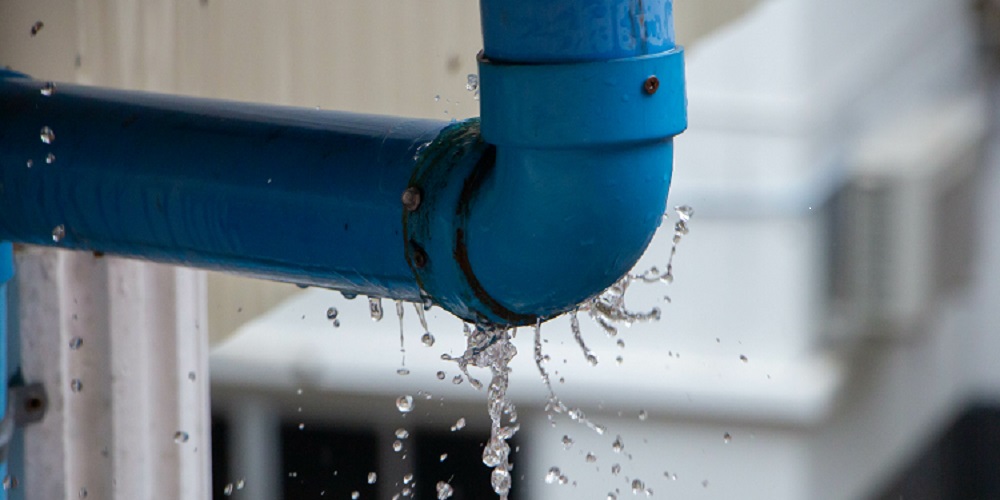Overview To Water Leak Discovery In Your Home
Overview To Water Leak Discovery In Your Home
Blog Article
Here below you'll find a lot of decent expertise about Hacks to detect leaks.

Early detection of dripping water lines can reduce a possible disaster. Some small water leakages may not be noticeable.
1. Examine the Water Meter
Every home has a water meter. Examining it is a surefire manner in which aids you discover leakages. For starters, switch off all the water sources. Make sure no person will flush, make use of the faucet, shower, run the washing equipment or dishwasher. From there, go to the meter and also watch if it will certainly change. Considering that no person is using it, there need to be no movements. If it moves, that shows a fast-moving leakage. If you identify no modifications, wait a hr or 2 and check back again. This means you may have a slow leak that might even be below ground.
2. Examine Water Consumption
If you find sudden changes, regardless of your consumption being the exact same, it implies that you have leakages in your plumbing system. An abrupt spike in your costs shows a fast-moving leak.
A stable increase every month, even with the very same routines, shows you have a slow leak that's additionally gradually escalating. Call a plumber to thoroughly examine your residential or commercial property, particularly if you really feel a cozy area on your floor with piping below.
3. Do a Food Coloring Examination
When it comes to water consumption, 30% comes from commodes. If the color in some way infiltrates your bowl throughout that time without flushing, there's a leak in between the storage tank and also bowl.
4. Asses Exterior Lines
Do not forget to inspect your outside water lines also. Should water leak out of the link, you have a loose rubber gasket. One small leakage can waste lots of water and also spike your water expense.
5. Evaluate and Evaluate the Circumstance
Home owners should make it a practice to examine under the sink counters and even inside closets for any bad odor or mold development. These two red flags indicate a leakage so punctual attention is called for. Doing regular assessments, also bi-annually, can conserve you from a significant problem.
If you recognize your residence is already old, keep a watchful eye on your heaters, hose pipes, pipes etc. Check for discolorations as well as deteriorating as a lot of pipelines and also devices have a life span. They will certainly additionally normally deteriorate as a result of tear and also put on. Don't wait for it to escalate if you suspect leaking water lines in your plumbing system. Call a specialist plumber immediately so you don't wind up with a horrible mess in your house.
Early detection of leaking water lines can minimize a possible catastrophe. Some tiny water leakages may not be visible. Checking it is a proven means that assists you discover leaks. One tiny leakage can lose tons of water and increase your water expense.
If you suspect dripping water lines in your plumbing system, don't wait for it to escalate.
WARNING SIGNS OF WATER LEAKAGE BEHIND THE WALL
PERSISTENT MUSTY ODORS
As water slowly drips from a leaky pipe inside the wall, flooring and sheetrock stay damp and develop an odor similar to wet cardboard. It generates a musty smell that can help you find hidden leaks.
MOLD IN UNUSUAL AREAS
Mold usually grows in wet areas like kitchens, baths and laundry rooms. If you spot the stuff on walls or baseboards in other rooms of the house, it’s a good indicator of undetected water leaks.
STAINS THAT GROW
When mold thrives around a leaky pipe, it sometimes takes hold on the inside surface of the affected wall. A growing stain on otherwise clean sheetrock is often your sign of a hidden plumbing problem.
PEELING OR BUBBLING WALLPAPER / PAINT
This clue is easy to miss in rooms that don’t get much use. When you see wallpaper separating along seams or paint bubbling or flaking off the wall, blame sheetrock that stays wet because of an undetected leak.
BUCKLED CEILINGS AND STAINED FLOORS
If ceilings or floors in bathrooms, kitchens or laundry areas develop structural problems, don’t rule out constant damp inside the walls. Wet sheetrock can affect adjacent framing, flooring and ceilings.
https://www.servicemasterbyzaba.com/blog/how-to-detect-water-leakage-in-walls/

I was guided to that editorial about Hacks to detect leaks through a good friend on another website. Those who appreciated our page plz don't forget to pass it around. Thanks so much for going through it.
Report this page